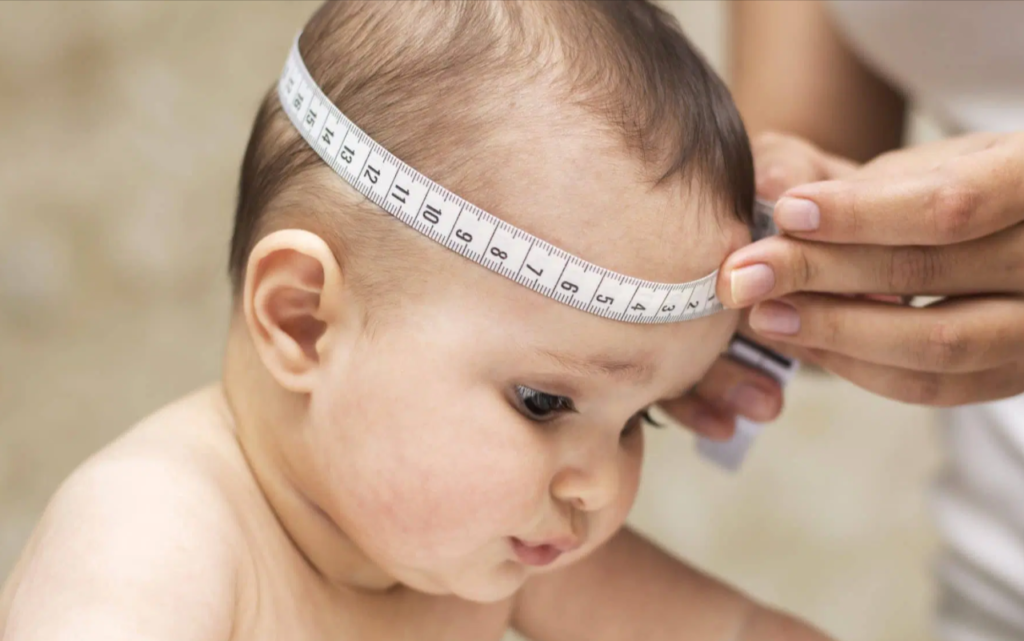As a parent, ensuring your baby is growing and developing healthily is one of your top priorities. One essential tool paediatricians use to monitor this development is the baby growth chart. Understanding this chart can help you track your baby’s progress and identify any potential concerns early on. In this blog post, we’ll explain the baby growth chart, the significance of the baby weight chart and touch on some useful home remedies for cold in babies.
What is a Baby Growth Chart?
A baby growth chart is a standardised tool used by healthcare providers to track your baby’s growth over time. These charts plot various measurements such as weight, length (or height) and head circumference, allowing doctors to compare your baby’s growth to typical growth patterns for their age and sex.
Types of Growth Charts
There are two main types of growth charts:
- WHO Growth Standards: These are used globally and are based on data from healthy, breastfed infants living in optimal conditions.
- CDC Growth Charts: These are primarily used in the United States and are based on a mix of breastfed and formula-fed infants.
Both charts provide percentiles that indicate how your baby’s measurements compare to others.
Understanding the Baby Weight Chart
The baby weight chart is one of the most critical components of the growth chart. It helps monitor your baby’s weight gain, which is a key indicator of their overall health and nutritional status.
How to Read the Baby Weight Chart
- Percentiles: The chart will show percentiles (e.g., 10th, 50th, 90th). If your baby is in the 50th percentile for weight, it means that 50% of babies of the same age weigh less, and 50% weigh more.
- Consistency: It’s essential to look for consistency rather than focusing on a single measurement. A baby consistently following the 25th percentile is generally healthy, even if they are lighter than average.
When to Worry
- Sudden Drops or Jumps: Significant changes in percentiles may indicate an issue. Always consult your paediatrician if you notice sudden drops or jumps.
- Below 5th or Above 95th Percentile: Babies in these percentiles may require additional monitoring to ensure they are healthy.
A baby’s immune system is not as strong as an adult’s. Babies need to be protected from common diseases like colds, flu and viruses to ensure proper growth and weight management. If your baby tends to catch cold easily, it may affect their growth spurt. Here are a few easy home remedies you can rely on to treat symptoms of cold in babies.
Home Remedies for Colds in Babies
Babies are particularly susceptible to colds and while it can be distressing to see your little one unwell, several home remedies can help alleviate their symptoms.
1. Saline Drops and Suction
Saline nasal drops can help loosen mucus in your baby’s nose. Use a bulb syringe to gently suction out the mucus, making it easier for your baby to breathe.
2. Humidifier
Using a cool-mist humidifier in your baby’s room can add moisture to the air, helping to relieve congestion and making it easier for them to breathe.
3. Hydration
Ensure your baby stays well-hydrated. For infants, this means more frequent breastfeeding or formula feeding. Proper hydration helps thin mucus and keeps your baby comfortable.
4. Warm Baths
A warm bath can help soothe your baby and also provide some relief from nasal congestion. The steam from the bath can help loosen mucus in the nasal passages.
5. Elevated Sleeping Position
Slightly elevating your baby’s head while they sleep can help reduce nasal congestion. You can achieve this by placing a rolled-up towel under the mattress, but never put pillows directly in the crib as it poses a suffocation risk.
When to See a Doctor?
While home remedies can be effective, it’s crucial to consult a paediatrician if your baby has a high fever, difficulty breathing, or if symptoms persist for more than a few days.
Conclusion
Understanding the baby growth chart and baby weight chart can empower you as a parent to keep a close eye on your baby’s development. While growth charts provide valuable insights, remember that every baby is unique and grows at their own pace. Additionally, knowing some home remedies for colds in babies can help you manage minor illnesses and keep your baby comfortable.
Always consult your paediatrician for personalised advice tailored to your baby’s needs. By staying informed and proactive, you can ensure your baby grows up healthy and strong.

